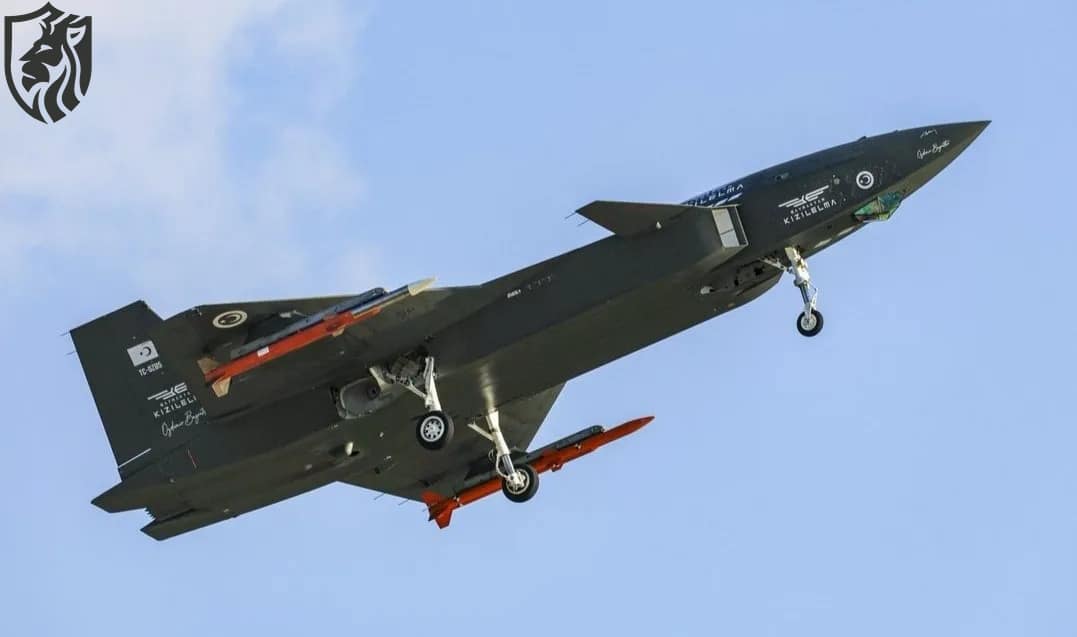
Germany’s Anti-Torpedo Torpedo, 2026 Leaked Purchase
Why Germany is moving to hard-kill protection
Germany’s anti-torpedo program aims to give the navy a kinetic, hard-kill shield against modern torpedoes. Traditional soft-kill decoys can still help; however, smarter seekers now defeat noise makers and towed arrays more often. Berlin therefore plans to fund a rocket-propelled interceptor that actively pursues and eliminates the threat, rather than merely confusing it.
What the 2026 plan includes
According to a published budget spreadsheet, Germany’s anti-torpedo torpedo procurement is slated for parliamentary budget committee consideration on 6 May 2026, with a written proposal two weeks earlier.
The plan earmarks €70 million (≈$83m) to launch the acquisition of a shipborne interceptor marketed by ThyssenKrupp Marine Systems (TKMS). Moreover, officials intend to align the timeline with surface-combatant upgrades already in motion.

SeaSpider: the chosen concept
TKMS subsidiary Atlas Elektronik has promoted SeaSpider for years as the first market-ready kinetic anti-torpedo torpedo. The light weapon uses onboard sensors and homing to autonomously lock onto the incoming torpedo.
It is driven by solid-fuel rocket propulsion, which reduces warm-up time and improves close-in kinematics. Consequently, the system promises short-range, rapid “detect-classify-engage” performance inside a layered anti-submarine warfare (ASW) defense.
European collaboration under PESCO
The development of Germany’s anti-torpedo option dates back almost two decades to Atlas Elektronik and the Dutch TNO research organisation. The work now falls under PESCO (permanently structured cooperation), indicating cross-border EU support for a shared maritime defense need. Notably, the German and Dutch navies—whose operational commands are integrated—have been central to testing and concept development.
Who fields it first?
No country has yet announced a firm production order, although the Netherlands signalled its intention to purchase SeaSpider earlier this year. The Dutch navy’s future ASW frigate is reportedly the first local candidate for fitment.
On the German side, industry has pointed to the new F127 class as the intended first user, and that schedule roughly matches the budgeting path for Germany’s anti-torpedo torpedo. The same spreadsheet envisions a procurement decision for F127 in June 2026, with a programme value of €26 billion.

Why this matters for the fleet
Modern heavyweight torpedoes pose a swift, low-signature threat in both littoral and blue-water combat. Germany’s anti-torpedo torpedo adds a hard-kill endgame when soft-kill measures fail. It complements hull sonars, towed arrays, and decoys while integrating with combat-system logic to cut reaction times. Importantly, a kinetic kill also denies the attacker post-shot battle damage assessment, which complicates follow-on salvos.
Budget, timing, and next steps
The €70 million line is a starting tranche to move from advanced trials toward operational integration aboard selected platforms. If the Bundestag’s budget committee approves Germany’s anti-torpedo torpedo plan in May 2026, industry can lock configurations, complete safety cases, and finalise launcher and combat-system interfaces. Meanwhile, allied interest—especially Dutch—could drive common spares and training, lowering lifecycle costs.
References
- https://www.politico.eu/ (budget planning document report)
- https://www.defensenews.com/ (German MoD comment and programme context)
- https://www.thyssenkrupp-marinesystems.com/ (SeaSpider/ATD family overview)
- https://www.pesco.europa.eu/ (PESCO framework and projects)









